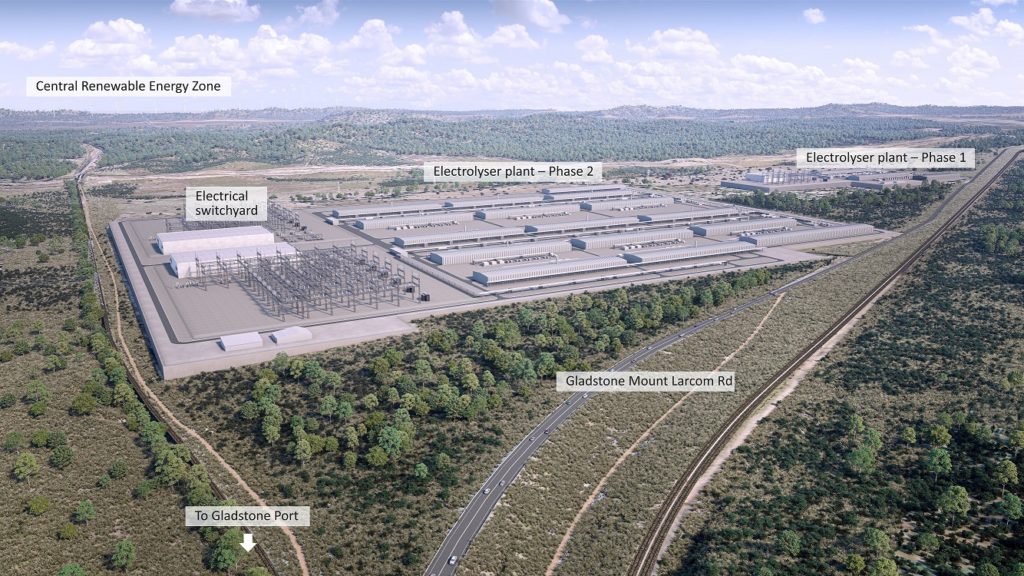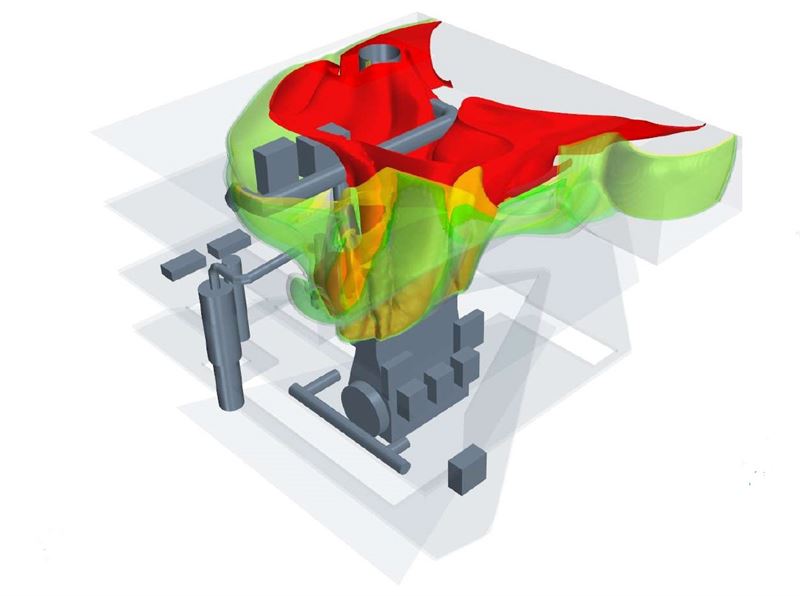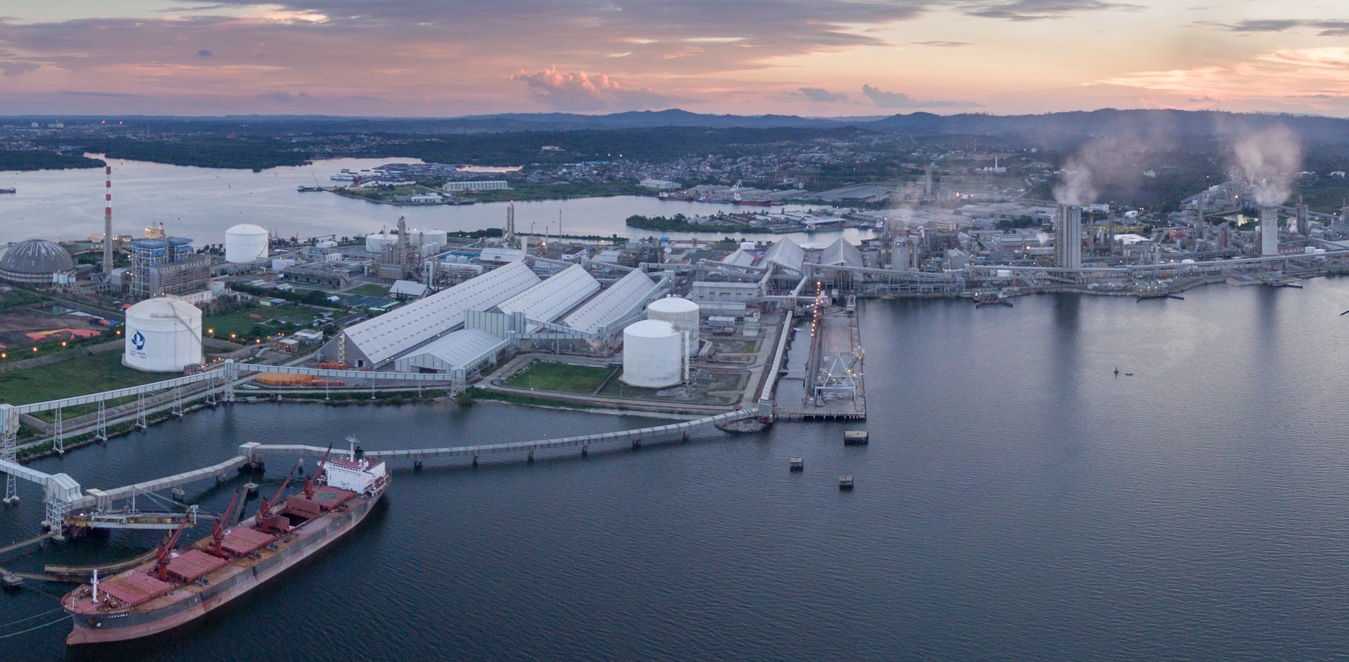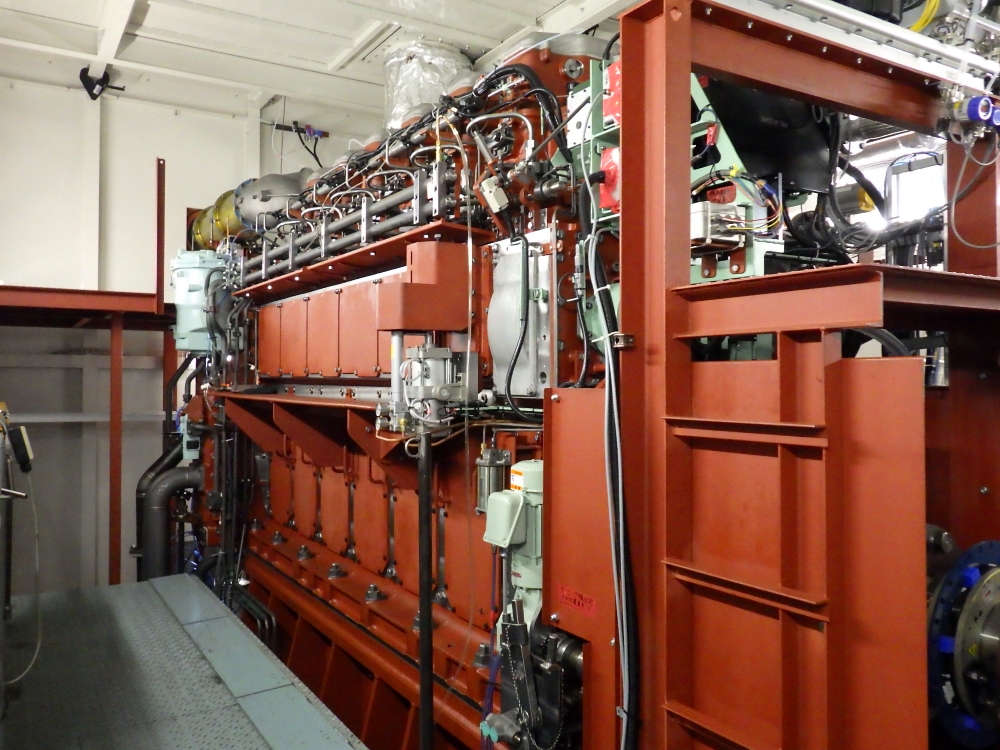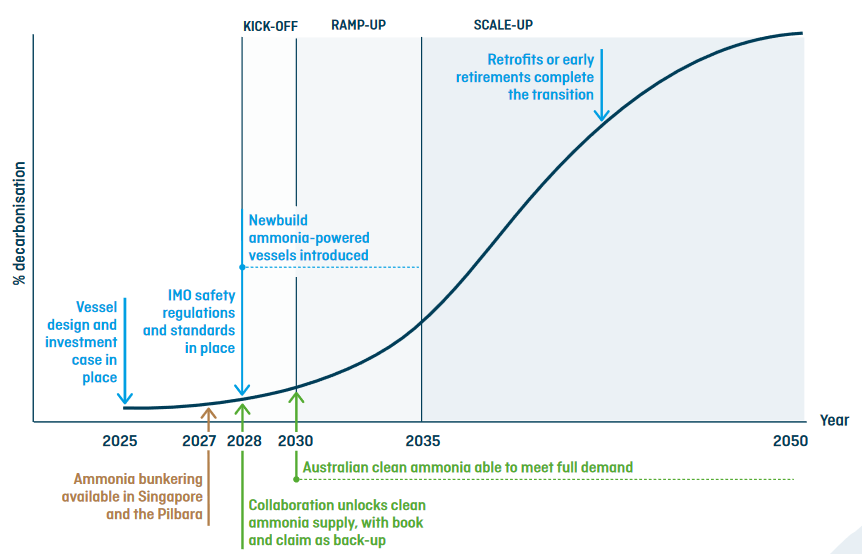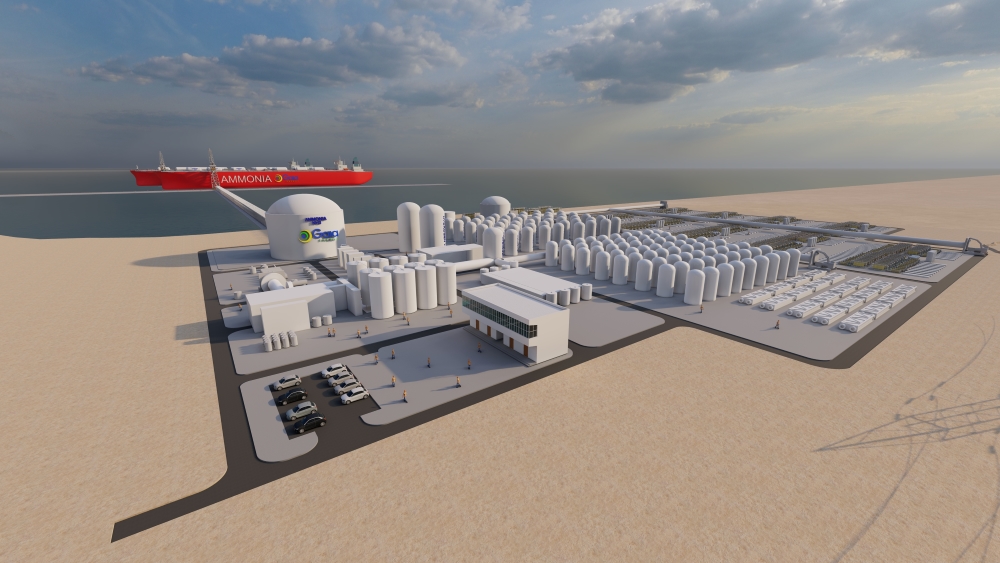Keppel Infrastructure & Incitec Pivot Ltd: renewable ammonia from Gladstone
The pair will develop an 850,000 tonnes per year renewable ammonia production facility in Queensland, Australia. The ammonia will be used domestically by IPL, exported to Singapore for use in Keppel’s under-development power generation projects, or sold to customers in Asia for energy needs. The source of the renewable hydrogen feedstock will be the nearby Central Queensland hydrogen mega-project. In other news, H2U will collaborate with the local first nations community on its own mega-project in the area: H2-Hub™ Gladstone.
